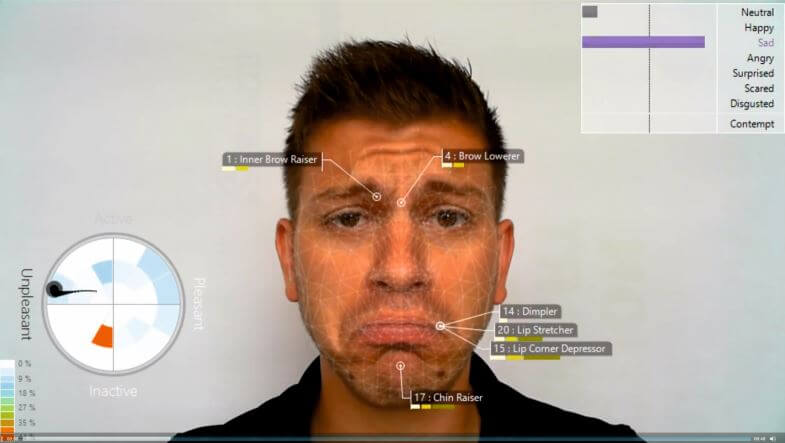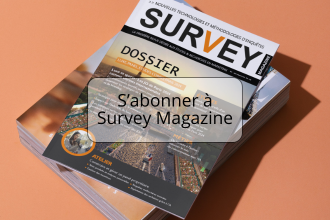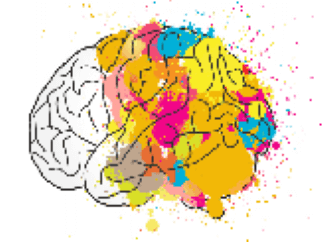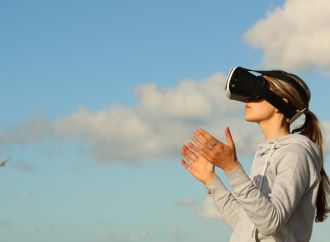Video is becoming an increasingly important aspect in digital marketing
advertising. For some target audiences, video is the first and in some
cases the only source of information. Video First was coined by Facebook
as a way to highlight the engagement and importance of video marketing
content. At the same time production costs are much higher for video
when compared to text and even image based content, hence high quality
of content editing is becoming an important issue.
The question faced by many video content developers is – “How to
make sure that the time and energy invested into video editing offers
the best return on investment?”. Two tools to help in answering this
question are eye-trackers and face readers.
As with any tools, eye trackers vary in their precision and price points. Generally, the more precise and faster the tool the higher is the quality of the analysis. The second consideration to take into account it the mobility of the tool. Some can be attached to a laptop for an analysis outside of a lab, others will require a lab setting with a dedicated desktop computer.
With eye tracker it is really important to invest into setting up and interpreting the data. Each project for using eye tracker will require set up time and making sure that the software is able to follow the eye movement of the subject. For example, do your subjects wear glasses? Sometimes it could cause challenges in tracking accuracy. Even with the more advanced tools, there are occasions where the software has to be re-calibrated several times.
The benefit of eye tracker studies is that it is easy to produce gaze plots. A gaze plot is essentially a map which gives answers to Where, When and How long an eye was at a particular point on the stimulus – say in our case an advertising video, image or a website. So, by focusing on this data alone a number of answers can be gained - the size of a circle shows the duration spend looking at a particular point. The sequence of fixation is often numbed 1,2, 3… etc. This gives us an insight into the thinking process and what is considered as important or interesting by the user.
The number of data sets for conclusive analysis will also vary. For example, for website user experience testing 5 users of the desired target group is all that is needed for identifying around 85% of all the key issues of the website. Tripling the number of participants to 15 will increase the possibility up to 100%. This data could be used in combination of qualitative data such as a focus groups and would generally help you to improve the usability of the stimulus for your purposes.
The number of people in your experiment should increase with the complexity of the task you are asking them to perform, 50 individuals is a good sample size to aim for higher accuracy of results.
Eye tracking analysis of video content and understanding of the key video messages would benefit from higher numbers of individuals aiming to be over 20 participants. It is also important that individuals used for this analysis do represent your target group and are as diverse as possible based on age groups and other parameters such as brand affinity etc.
Once we understand from the eye tracker data what kind of content was looked at, for how long and in which sequence, we need to understand what impression that content made. Focus groups, self-administered questionnaires after and before the eye tracker study are some of the methods that give us an insight into the impact of the stimuli. The talk-aloud technique, where the participant is asked to say what they see or what they think as they are exposed to the stimuli is another option. However, these methods rely on the individual thinking actively and concentrating on the activity in an unnatural way. A less intrusive and arguably a more accurate way to capture their impressions is using a facial behavior analysis software.
One of the key benefits of facial behavior analysis is that it can be used together with other tools and all that is needed is a video recording of the subject’s face whilst they are exposed to the stimulus. Face reader tools allow us to combine the stimulus video and record the screen as well as the face of the subject at the same time for higher accuracy of analysis.
There are debates of how many emotions we can identify but the basic eight: joy, sadness, acceptance, disgust, fear, anger, surprise and anticipation are sufficient for most marketers. These emotions allow us to identify the impact a video can have on our target audience and see which sections, if necessary, need to be edited out and which could be retained.
Similar to eye trackers, face readers require some setting up time and do have a variety of options. The two emotions that online video marketers are particularly looking to provoke are surprise and happiness. These two emotions are in particular dominant in the viral videos which are spread online by the users and not through paid advertising. The higher are the chances that uses will spread your content online the higher is your anticipated return on video content investment.
So in summary, online video advertisers should consider using eye tracker data to identify if the key messages are being seen and understood and face readers to evaluate if the content provokes the necessary emotional response of surprise and happiness!
Internal benchmarks and comparisons with past video content as well as those messages of competitors can offer some insights into what kind of video content works for your target audience. Most of the successful viral video campaigns do rely on amplifications through other channels such as social media, paid advertising and search engine optimisation. Videos with optimised content stand the best possible chance to go further and show a better return on investment.




































